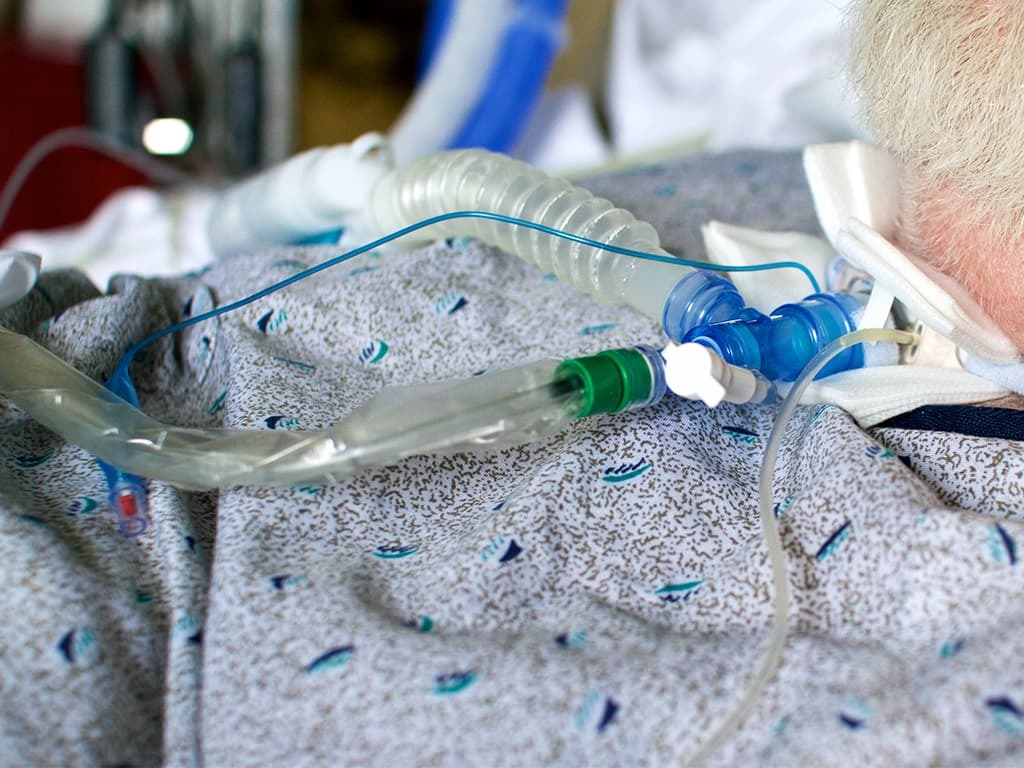- You are here:
- Home »
- Blog »
- ALS Care »
- Living with Amyotrophic Lateral Sclerosis (ALS)

Living with Amyotrophic Lateral Sclerosis (ALS)
Amyotrophic lateral sclerosis (ALS) is a neurodegenerative disease that leads to progressive muscle wasting. There is currently no cure for ALS and typical life expectancy is between 3 and 5 years following diagnosis.
ALS causes major disability for the individual including loss of mobility and movement, difficulty eating, drinking and speaking as well as trouble breathing. ALS usually starts highly localized and then spreads throughout the body as the disease progresses.
Needless to say, living with this condition presents huge challenges for the individual. Here we take a closer look at the symptoms associated with ALS and what this means for those diagnosed with the disease.
Living with ALS: What to Expect
An ALS diagnosis will be very upsetting for the individual and making adjustments to daily routines as the disease progresses is challenging to the say the least.
This is a condition that varies between individuals and not all will experience the same symptoms.
- In the early stages of the disease, some might experience muscle cramping and muscle weakness. These symptoms often appear in the hands and arms.
- Someone with ALS may first notice trouble buttoning their shirt or writing. They could have difficulty walking up steps or be clumsy. There may be some slurring of speech and fatigue.
- In the middle stage of ALS, neuron damage spreads to other parts of the body. That means muscles throughout the body can be weakened. There will be problems eating and swallowing food and even difficulty breathing.
- In the later stages of ALS, voluntary muscles start to become paralyzed making movement difficult. Eating and drinking will probably need to be controlled using a feeding tube. Fatalities generally occur when breathing begins to fail and the individual suffocates.
ALS and Eating
In the early stages of the disease, eating can take longer because there is less dexterity and fine muscle movement to, for example, lift a knife and fork. An individual might need to use specially adapted cutlery or make certain food choices.
Problems swallowing will gradually begin to cause an issue to such an extent that a feeding tube will be needed later in the disease progression.
ALS and Breathing

Of all the symptoms associated with ALS, struggling to breathe is probably the most frightening. Physiotherapy and using a machine to ventilate the lungs can all help in the earlier stages when this is a problem. The latter can be achieved either by wearing a mask or by having a tracheostomy, where a tube is placed into the neck and down the windpipe.
ALS and Speaking
Slurred speech can be noticed in the early stages of ALS and is one of the warning signs that someone might have the disease in the first place. As ALS progresses, however, the muscles can profoundly weaken and make speech almost impossible as well as incomprehensible.
Working with a speech therapist and using assistive technologies can help maintain communication in the early stages. Stephen Hawking, who lived with ALS for 55 years, used assistive tech up until his death in 2018.
ALS and Moving
As ALS spreads to more and more muscle groups in the body, mobility and movement become increasingly affected. In the early days of the disease, this can manifest in clumsiness or difficulty handling fiddly tasks. Again, physiotherapy is key in these formative stages to ensure that mobility is maintained for as long as possible.
As movement becomes impaired, assistive devices such as wheelchairs, stairlifts and support bars will need to be used to ensure independence.
Emotional Considerations
Of course, not all challenges when it comes to ALS are physical. There is also the psychological trauma of having to deal with such a debilitating disease. Keeping up a good support network is vital to do this, especially as the disease progresses.
It’s equally challenging for those who are helping to care for someone with ALS. In some circumstances, individuals with ALS can experience a pseudo bulbar affect (PBA) where they laugh or cry uncontrollably even though this does not relate to their mood or the way they feel about something.
While most people with ALS don’t experience mental health problems that are caused by the disease, a few have been shown to develop frontotemporal dementia, something that changes how the person behaves or thinks.
Facing the Challenges Ahead
There’s no doubt that an ALS diagnosis presents many significant challenges. The range of symptoms associated with ALS cover almost every aspect of life. Coping with these can be difficult and finding the right support and finding solutions when possible are key to improving the quality of life for those affected by this disease.
